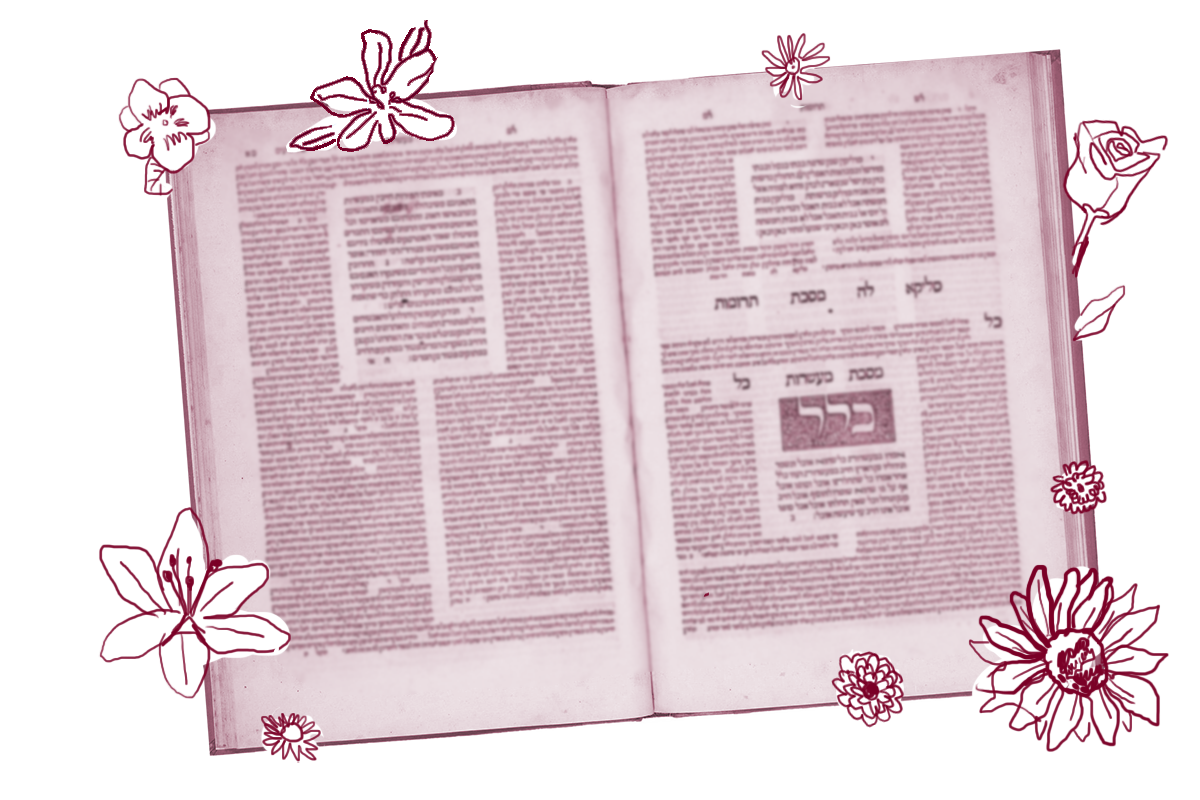Today, we begin our study of Tractate Taanit, the tenth tractate in our study of Daf Yomi. After this, just 53 more to go.
The word taanit means “fast” (as in days you don’t eat, not the velocity of your car) and the bulk of the tractate concerns laws relating to public fast days. These are mostly not the fast days you’re thinking of, like Yom Kippur and Tisha B’Av, which are fixed on the calendar each year and either declared by God or commemorate past tragedies. Rather, these are fasts called by community leaders in response to some kind of public emergency.
As we know from the Purim story, when Esther called upon the local Jewish community to fast for three days in advance of her petition to the king to spare the Jews (Esther 4:15–16), fasts were used in ancient times to seek divine intercession at times of pressing need. Such fasts are largely things of the past, though the Israeli chief rabbi did ask the public to fast for a half-day early in the coronavirus pandemic.
That said, the tractate doesn’t start out talking about fasts at all. It actually seems to pick up more or less where the previous tractate, Rosh Hashanah, left off, with a discussion about prayers recited during the fall holidays. Specifically, the first mishnah on today’s daf opens with this:
With your help, My Jewish Learning can provide endless opportunities for learning, connection and discovery.
From which date does one begin to mention the might of the rains by inserting the phrase: “He makes the wind blow and rain fall,” in the second blessing of the Amidah prayer? Rabbi Eliezer says: The phrase is inserted from the first festival day of Sukkot. Rabbi Yehoshua says: From the last festival day of Sukkot.
The opening subject of Taanit is when one begins adding the phrase mashiv haruach umorid hageshem (“who makes the wind blow and the rain fall”) into the daily Amidah prayer. Sukkot marked the beginning of the rainy season in ancient Israel, a time when crops were planted that needed rain to germinate and provide sufficient food for the coming year. The custom was therefore to insert this phrase into daily prayers as a request for rain. Naturally, the rabbis debate the particulars — considering, among other things, where this custom originates in the Torah and what to do if you forget to say it. But the bigger question is: Why are we talking about rain at all in a section of the Talmud concerned with fasts? Well, because drought was one of the chief reasons public fasts were called in ancient times.
It will take the rabbis many pages to finally get around to this, in the course of which we encounter all kinds of fascinating teachings. We hear about Rabbi Daniel bar Ketina, who would inspect his garden each day to determine which beds needed water, and then the rains would come and water only the beds he had indicated. We hear the rabbis wax eloquent about the blessings of rain, comparing it to the resurrection of the dead and the day the Torah was received. And we see the rabbis considering which sins cause rain to be withheld: Robbery, slanderous speech and neglecting Torah are among the various possibilities.
Threading through all this is the belief, common among ancient peoples, that rainfall, so critical for survival before irrigation and modern plumbing, was determined by human behavior. If the people sinned, the rains would not come. And if the rains did not come, human action could help.
We finally start to learn about these actions on the tenth page of Taanit — nearly one-third of the way through — and they are both specific and onerous. The mishnah outlines precisely when in the calendar fasts begin if the rains do not come. And it cranks up the intensity and length of the fasts as subsequent dates pass without precipitation, layering on additional prohibitions beyond abstaining from food and drink, including doing business, holding weddings, and even greeting people. Other customs associated with mourning were also observed, like placing ashes upon the Holy Ark.
Fasts weren’t just held to petition for rain, though that seems like the principal reason considering how many pages are devoted to it. They were also held for plagues of pestilence and collapsing buildings. In one instance, a fast was held because wolves ate two children — though perhaps it was simply because wolves were spotted in an inhabited area.
Taanit is full of asides that shed light on the deep rabbinic familiarity with the intricacies of the natural world, a familiarity few of us, rabbis or otherwise, retain today. It also features the famous story of Honi Hama’agel, the talmudic sage who drew a circle and stood inside it promising not to leave until God brought rain.
But for now, we’ll leave you with this nugget from today’s daf:
Rabbi Yohanan said: There are three keys maintained in the hand of the Holy One, Blessed be he, which were not transmitted to an intermediary. And they are: The key of rain, the key of birthing and the key of the resurrection of the dead.
Three things, Rabbi Yohanan says, are done directly by God: rain, birth and resurrection. These three are the very workings of life and death. But the Gemara says in Israel the rabbis add a fourth item to this list: livelihood. Why did Rabbi Yohanan leave it out?
Rain is the same as livelihood in this regard, as rain is indispensable to all livelihoods.
This is far from the last paean to rain we’re going to encounter in the next 30 pages. So put on your raincoat and get ready.
Read all of Taanit 2 on Sefaria.
This piece originally appeared in a My Jewish Learning Daf Yomi email newsletter sent on November 14th, 2021. If you are interested in receiving the newsletter, sign up here.



